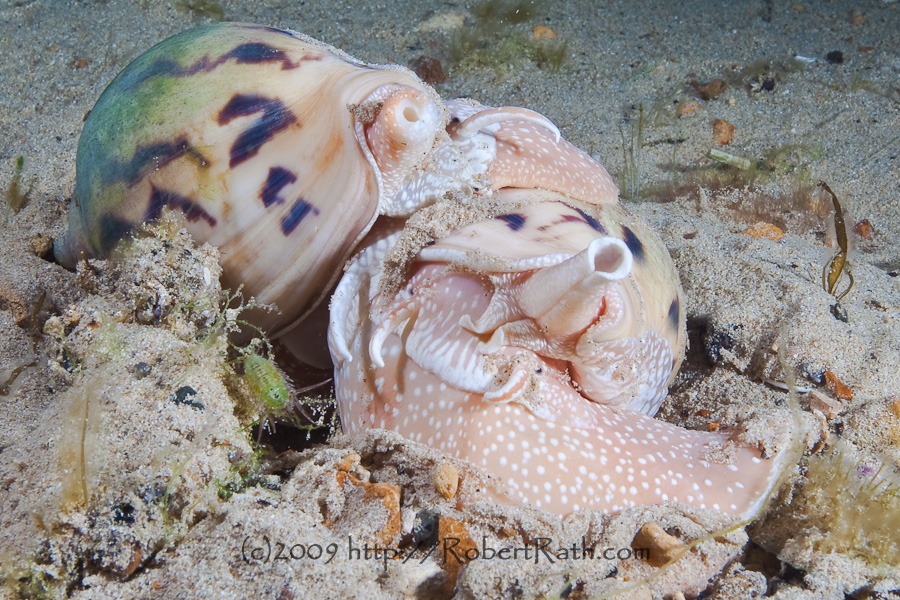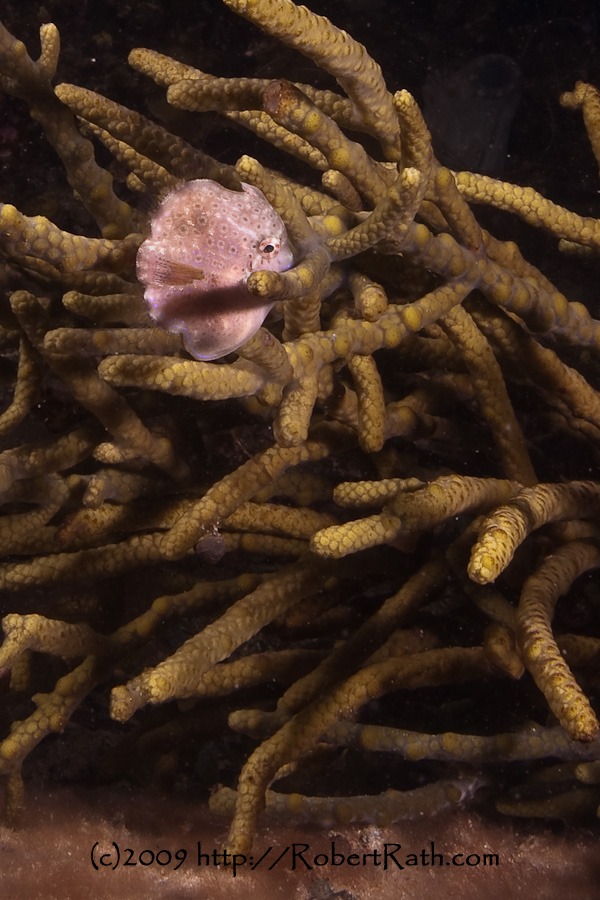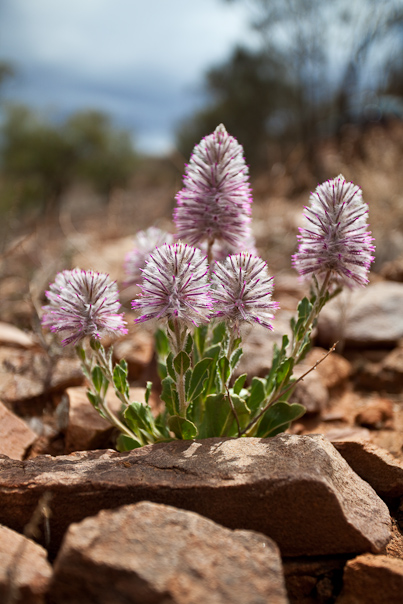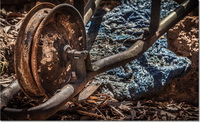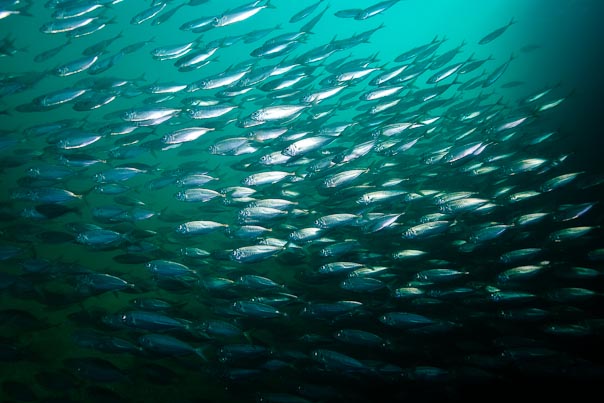
Yesterday's dive at Port Hughes heralded the beginning of a new world for me with my first foray into underwater DSLR photography. Over the past four years I have been using Olympus compact cameras for all of my underwater photography. For the last two years I have been planning my transition to taking a DSLR camera underwater. Finally all of my research, planning, purchasing, customising and doing came to fruition as I stood looking out over Port Hughes Jetty with new rig in hand.
I was very nervous taking 'so much' camera down with me. I double-checked all the seals. I fitted the camera and snapped shut the housing. I fired a few shots to test the strobes. Something was not right but I could not put my finger on it. Then a few more shots revealed to my annoyance that the lens was switched to manual focus mode. So off came the back, out came the camera and I switched the lens to auto focus mode before reassembling everything.
Note to self 1: check lens auto focus switch.
My walk to the dive site was like carrying my buddy's weight belt. This rig must be five times heavier than my compact! When in the water, however, the beast became gently positively buoyant and I forgot about the weight.
Note to self 2: attach a lanyard so it doesn't float away.
My first 10 minutes in the water were spent in a state of paranoia and fear of a drowned camera. I continually peered into the front of the domed port looking for any hint of leaking seawater. After about 20 minutes I had calmed down enough to actually start using the camera only to discover that when I re-assembled the housing I had misaligned the focus preview lever.
Note to self 3: check the focus preview lever when fitting the housing back cover.
Here are my first impressions.
I found the rig clumsy and awkward. Swimming with it felt like I was dragging around a sea anchor. The strobes poked out at all angles and kept bashing the bottom or the jetty pylons. The quality of my shots was all over the place. The photos ranged from being drastically overexposed to being patchily lit as I struggled with all the controls being fully manual. I was rapidly starting to wonder why I had spent all this money. I realised for the first time how reliant I had become on using automatic aperture priority with TTL. I wondered what I had let myself in for.
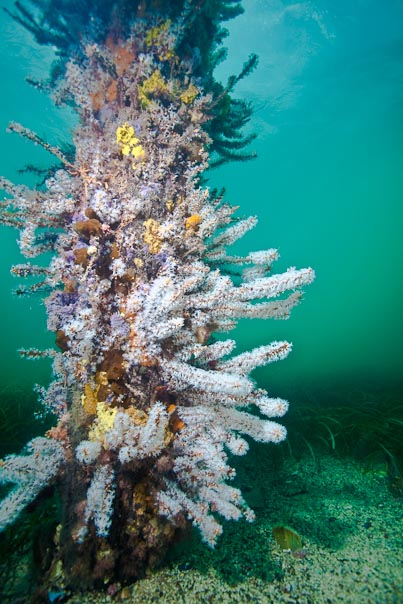
But now for the good part! Operation of the controls was an absolute delight. The shutter performance through the housing felt amazing, with a sensitive but positive action. I could fire off shots as quickly as I wanted (strobes permitting) without having to manage the eight seconds per frame I was used to from my Olympus in raw mode. The ultra fast low-light auto focus caught me by surprise again and again as the camera was ready to take the shot before I was! In short, every gripe I had ever had with my previous compact experience was not only put to rest but done so spectacularly.
So, even though I did not get any fantastic images from my first dive, I know this will only be a matter of time, practice, lots of diving and just getting to know my way around all the controls.
Maybe I'll never really tame the beast, but we've got off to an excellent start. I know we'll make a great team.
Until the next post, take care out there and keep diving ( if that's what you do! ) ...Robert
 Photos: Robert Rath, 5DMkII, Port Hughes Jetty
Photos: Robert Rath, 5DMkII, Port Hughes Jetty

